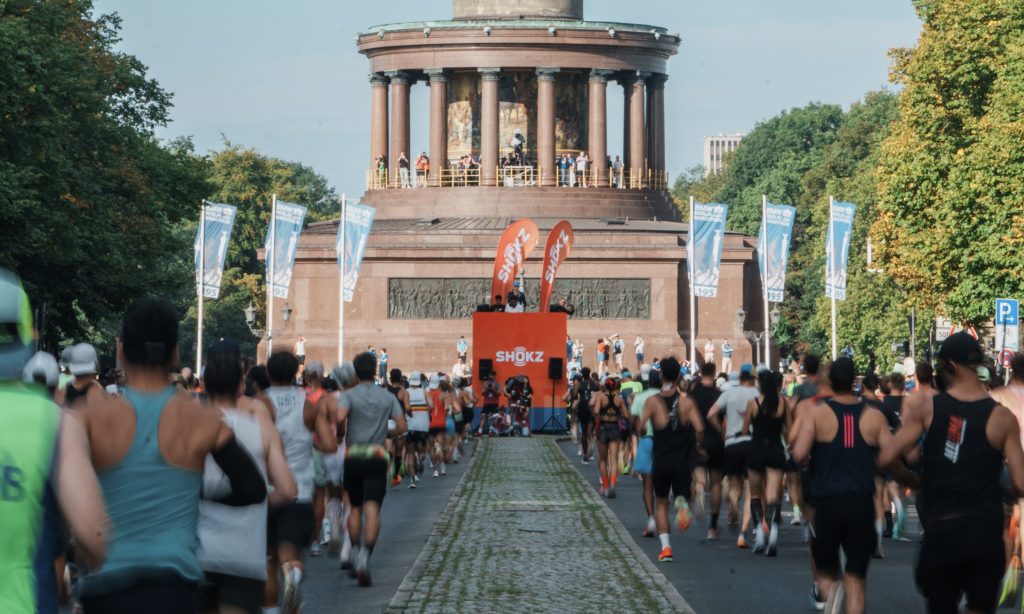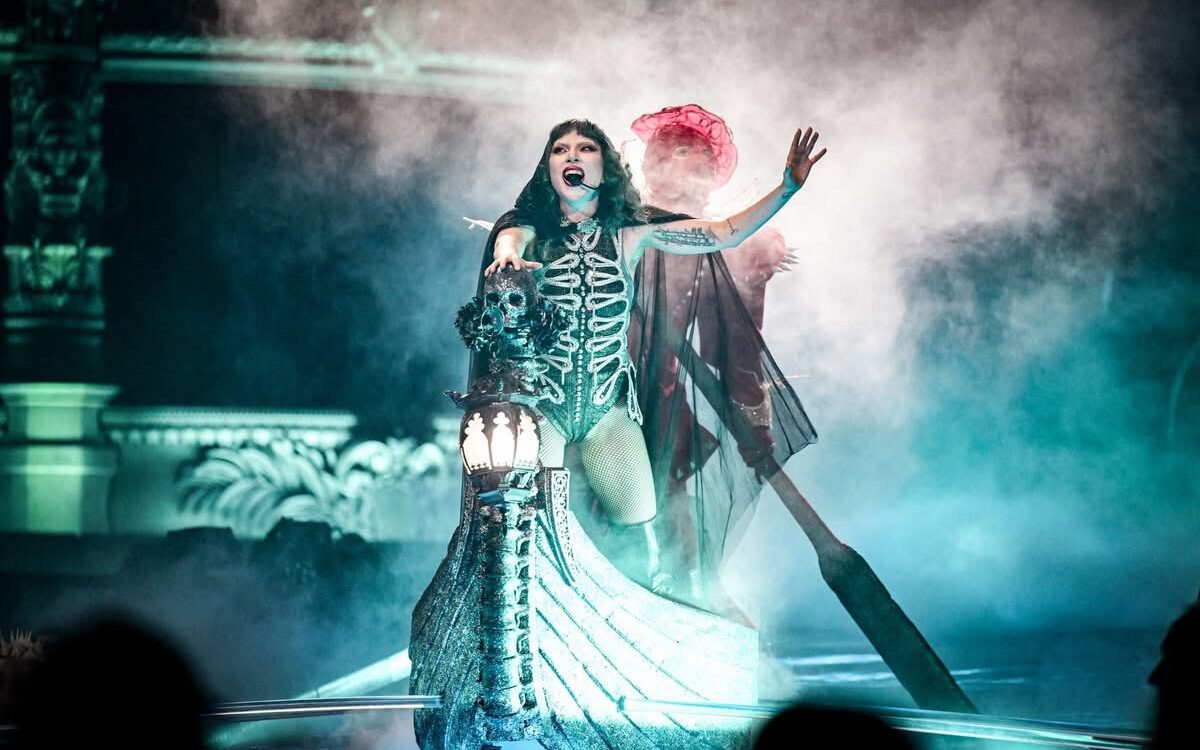Live Skull – New album ‚Party Zero‘ out now
NYC no-wave veterans Live Skull’s new album ‚Party Zero‚ is out now on Bronson Recordings.
The release is accompanied by latest single ‚Mad Kingship‚, which takes aim at “the vicious peddlers of lies and misinformation”, over some of the most inventive squall in the Live Skull discography. Marc C. reflects ‚Mad Kingship digs into the dark drama of our current political climate, with an unrelenting drumbeat, ominous bass line, and highly charged synth and guitar riffs.‘
Insurrections. Global pandemics. The return of fascism. Climate crises. These are some serious times. But if you’ve got angst in your pants and you need to dance, or scream, or play guitar too loud, too close to your amplifier, turn your ear to what Live Skull are doing. The New York noisers, who went on indefinite hiatus just before their kind of smart, gnarly, inventive din became lucrative, rose again in 2016. Their new album ‚Party Zero‘, a thrilling work redefining what Live Skull means and what they stand for: no longer a group with a past, but one with a future.
‚Party Zero‘ marks the arrival of guitarist Dave Hollinghurst, an electrifying presence helping to push the band in a fresh, new direction. It’s a fiercely political album, in keeping with this politically fierce age. Mark C exclaims: “Desperation inspires us to make art and music. There’s a lot of birth and rebirth, looking for pathways of resistance and promoting the good and trying to fight against evil. I once said we had to start Live Skull because Reagan became president. And we had to restart Live Skull because Trump became president.”
‚Party Zero‘ is, undeniably, big in sound, brash in dynamics. But the sophistication that was always the group’s calling card remains an essential element, dealing in the kind of pulverising pell-mell that characterised the 80s New York sound, but also radiant with melody, the fusion of noise and unexpected tunefulness delivering a heady, psychedelic effect. The haunting, echo-laden slow-burn of ‚Turn Up The Static‘ acknowledges how wearying permanent resistance can be as a stance and an ethos, while the urgent ‚Neutralize The Outliers‘ is an addictive anthem of otherness. This remains protest music of uncanny subtlety and power, with opener ‚Magic Consciousness‘ bidding us to “Disengage the false narrative” over chiaroscuro punk-rock. But this is also music possessed of melody and melancholy – closer ‚Hit So Hard‘ offers a delirious trip into the darkness, one you’ll find hard to resist. This is timely music, essential, impassioned, angry and beautiful. It’s the sound of Live Skull in the 21st Century, a desperate time that needs heroes like these. “We’ve been pushed to the edge – how do we claw our way back?” asks Mark. “That’s been a common theme in Live Skull since the beginning, and so it is now. We’re trying to provoke thought.”
Live Skull have confirmed a string of US dates in the Summer, with more to be announced soon.
Thursday 6/22/2023 – The Ottobar – Baltimore, MD
Friday 6/23/2023 – Pilot Light – Knoxville, TN
Saturday 6/24/2023 – Local 506 – Chapel Hill, NC
Sunday 6/25/2023 – The Earl – Atlanta, GA
Tuesday 6/27/2023 – Richmond Music Hall – Richmond, VA
Wednesday 6/28/2023 – Black Cat – Red Room – Washington, D.C.
Thursday 6/29/2023 – Century – Philadelphia, PA
Friday 6/30/2023 – The Avalon Lounge – Catskill, NY
Saturday 7/1/2023 – TV Eye – Queens, NY
ABOUT LIVE SKULL
The first phase of the group spanned the 80s. Mark C and Tom Paine met in San Francisco and relocated to the big, filthy apple at the start of the decade, their ears still ringing to No New York, Brian Eno’s epochal survey of the city’s bruising No Wave scene. But while they loved noise, the duo were also in love with British post-punk: Gang Of Four, Joy Division, Wire and The Fall. “We wanted to put New York’s wild, noisy guitar thing with this music that was more atmospheric, more intriguing, more melodic.” Looking for a ‘punk-funk’ guitarist to play with, they learned that no guitarist existed yet that fit the bill, so they became those guitarists themselves. The group pushed boundaries while also proving a more complex, subtle proposition than many of their contemporaries. “We wanted to make songs people would want to listen to, rather than just have the loudest, biggest guitars,” says Mark.
As the decade wore on, their line-up evolved, as did their sound. By 1989, the group were touring with Jane’s Addiction, and “getting way more heavy-rock and less arty-sounding. After that tour, however, Mark had to step away for a while, and the band split up. Mark explored other projects, dabbled in electronic music and sort of lost touch with the noisy, punk-derived scene Live Skull had been a part of. But that scene didn’t lose touch with Live Skull. “Live Skull has become an aesthetic now,” he says, noting the waves of younger bands now haunting New York’s dark corners, playing music indebted to his group. “That’s why we can jump into this and not be out of step. Our sound is open-ended enough to have infinite space to explore.” He says that when the group initially reconvened, he intended them to record as “New Old Skull”.
Their new record label urged him to reclaim the old name instead. “And I thought, ‘Well, then it needs to still have the energy of Live Skull’.” It was a challenge the group set themselves – a challenge Mark had been grappling with his entire career, really. “We originally chose ‘Live Skull’ as our name, because it was something we’d have to live up to. You can’t call yourself ‘Live Skull’ and just be some little New Wave band. It had to be something big and brash.”




